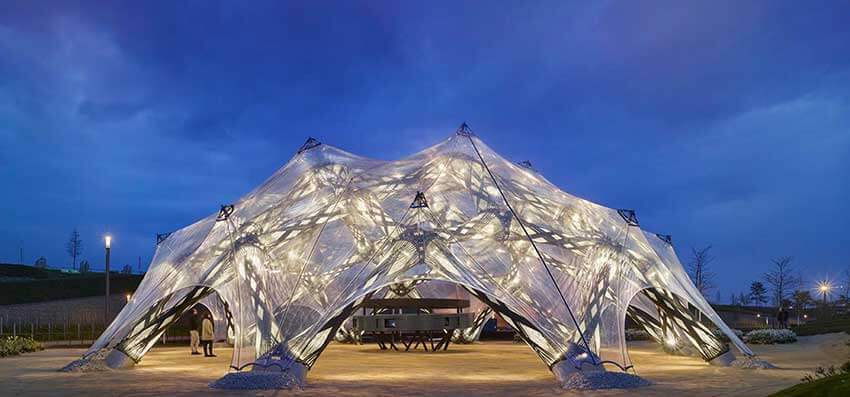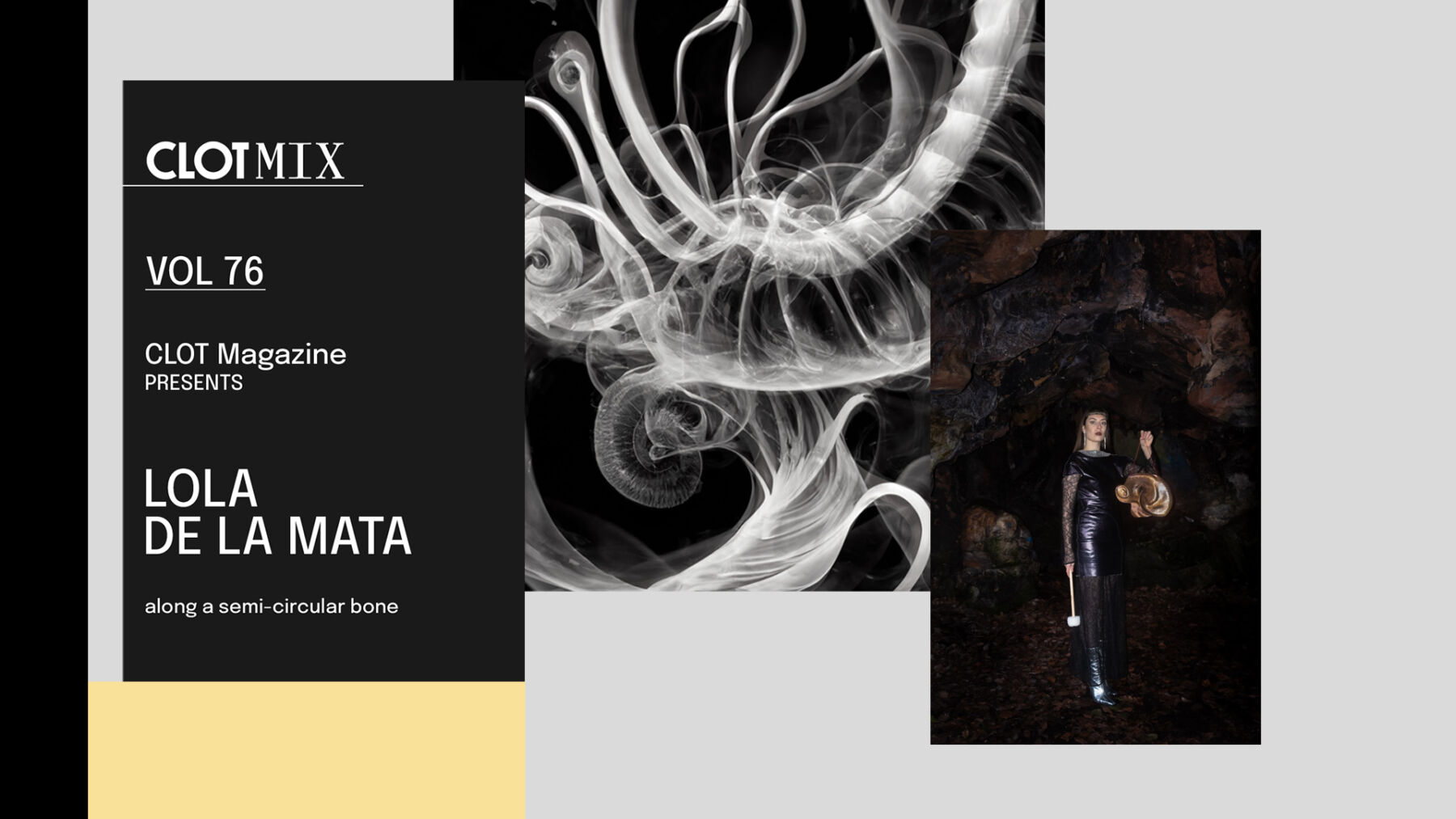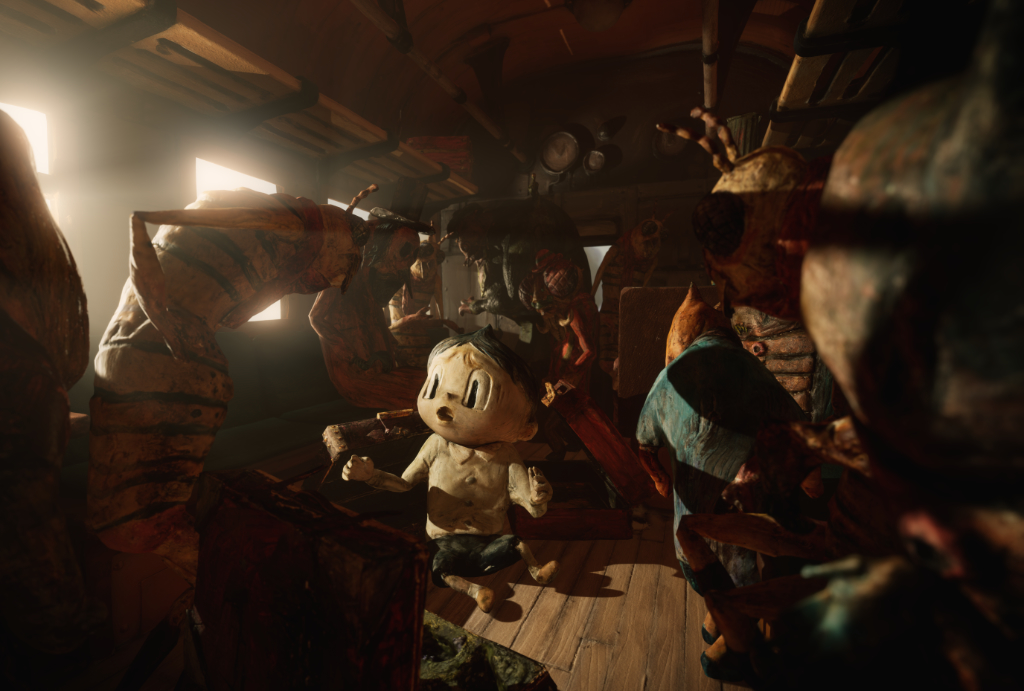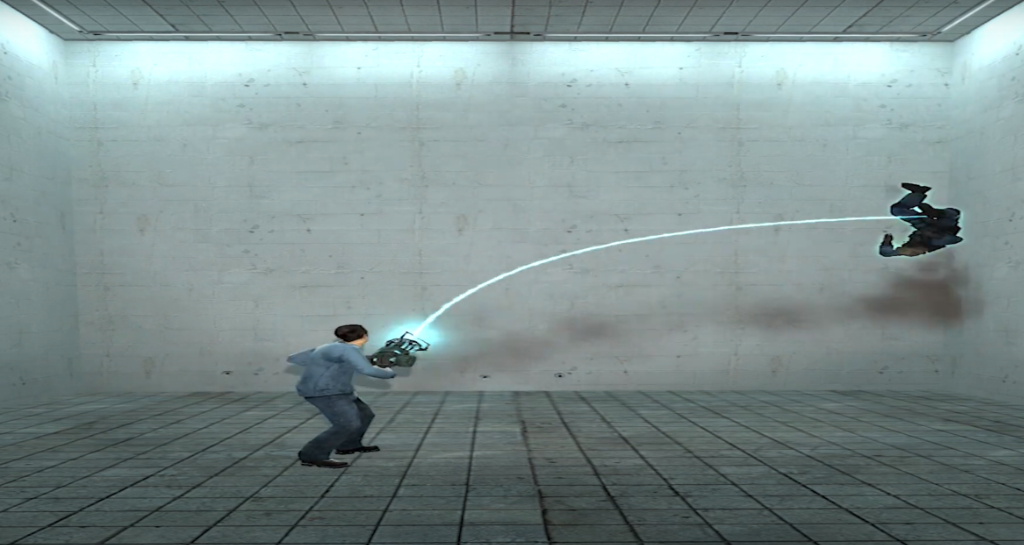Text by CLOT Magazine

The Institute for Computational Design and Construction (ICD) and the Institute for Building Structures and Structural Design (ITKE) at the University of Stuttgart have created two pavilions for the 2019 Bundesgartenschau show in Heilbronn whose shape and innovative way of construction are inspired by nature.
Both structures are designed using computers and built almost entirely using robots. They are much more lightweight than traditional steel structures while still adhering to the construction strength requirements. The project aims to demonstrate how new technologies and biomimicry – designs modelled on biological systems – can completely transform how we view construction and architecture in the future.
The BUGA Wood Pavilion is made out of 376 segmented hollow wood plates that fit together like a puzzle with high precision. The design is modelled after the shell of sea urchins which have been studied by the two aforementioned institutes for nearly 10 years. Sea urchins have a unique exoskeleton composed of strongly interlinking calcium carbonate plates creating a rigid and durable frame. Two robots, developed by the institutes as part of the project, helped automate most of the manufacturing process. The pavilion, extending over 30 meters, weighs only 38 kg per square meter and is disassemblable and reusable.
Another animal that provided design inspiration was the beetle. Beetle wings are made of chitin – a fibre composite material and one of the most load-bearing, yet at the same time lightweight, structures in nature. The BUGA Fibre Pavilion was made out of glass- and carbon-fibre-reinforced plastics, mimicking the structure of biological fibre composite materials. As before, the segmented pavilion, spanning 23 meters, was assembled robotically. Although it weighs a mere 7.6 kg per square meter, it doesn’t give way to traditional steel buildings in terms of structural strength.
The pavilions showcase how adopting biological structural principles coupled with technological advances and automation can radically simplify the construction process and create more resource-efficient, cost-effective, environmentally friendly, and vivid architecture.











